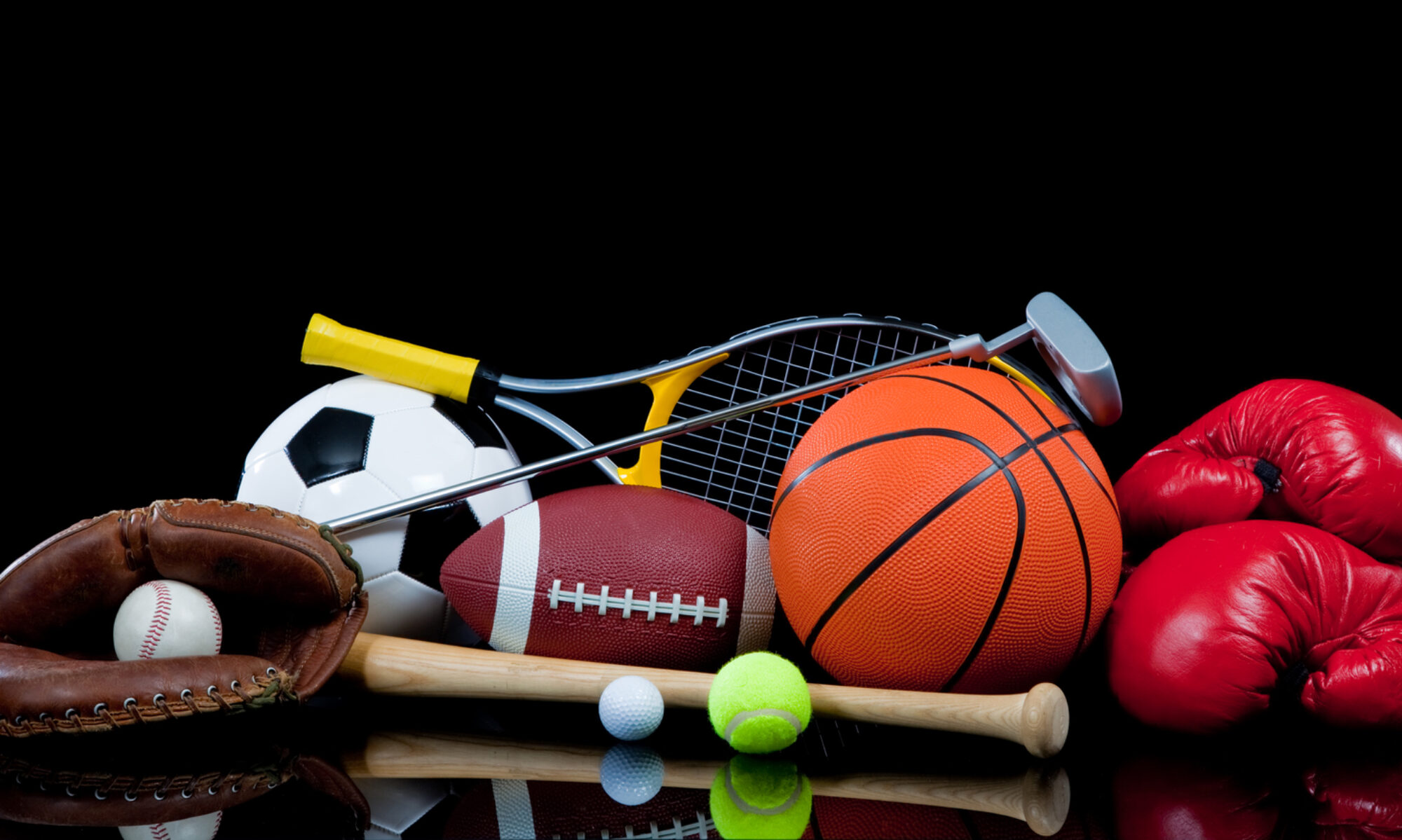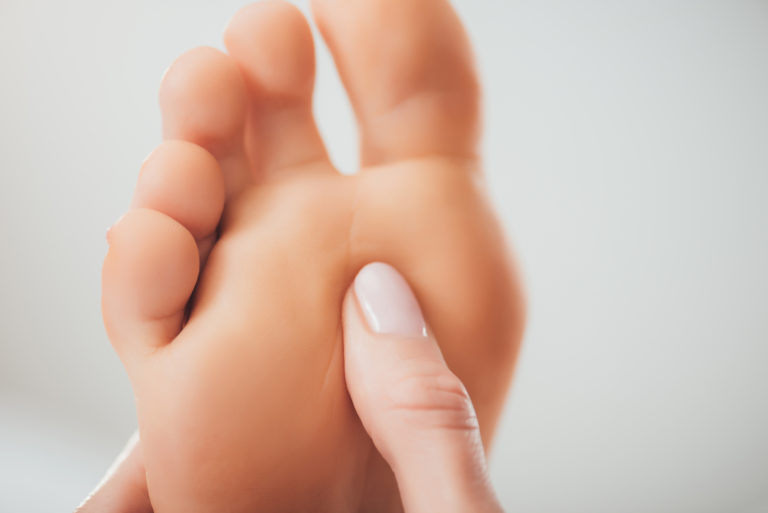
Concussions can have a compounding effect on children, leading to long-term cognitive, behavioral, and emotional health consequences, according to researchers at The University of Texas Health Science Center at Houston (UTHealth), who published their findings in the American Journal of Sports Medicine.
In 2017, approximately 2.5 million high school students in the United States reported suffering at least one concussion related to sports or physical activity in the last 12 months, according to information from the U.S. Centers for Disease Control and Prevention (CDC).
The UTHealth researchers analyzed survey data from more than 13,000 high school students in the United States. According to the authors, it is the first study to report on the association between sports-related concussions and negative health implications based on a representative sample of U.S. high school students.
“We have previously speculated that children who suffer a concussion have more behavioral problems, so this study was able to provide a more comprehensive analysis on the various cognitive and behavioral health issues that this population faces in connection with this type of brain injury,” said Gregory Knell, PhD, the study’s first and corresponding author. Knell is an assistant professor at UTHealth School of Public Health in Dallas and is research faculty at Children’s Health Andrews Institute for Orthopaedics and Sports Medicine.
A concussion is the most common form of traumatic brain injury, caused by a mild blow to the head. Common symptoms include a headache, ringing in the ears, nausea, vomiting, fatigue, drowsiness, and blurry vision.
Participants were asked how many times they had suffered a concussion from playing a sport or during physical activity in the last 12 months. Students were also surveyed on relevant cognitive, emotional, and behavioral factors and related health outcomes, including questions on topics such as academics, suicidal ideation, and substance abuse.
The study revealed that 14.5% of female high school athletes and 18.1% of male high school athletes reported experiencing at least one concussion the previous year. These students also reported at least one factor associated to their behavioral, cognitive, and emotional health. The questions covered topics such as difficulty concentrating, poor grades, drinking and driving, carrying a weapon, getting into a physical altercation, using tobacco or marijuana, binge drinking, feeling depressed, and having suicidal thoughts or actions.
Of the male participants who suffered at least one concussion, 33.8% reported they drank and drove in the last 30 days. For the female athletes who reported suffering more than one concussion, 19% stated they had used marijuana at least once in the last 30 days. Both male and female participants who answered that they had been in at least one physical fight in the last year were significantly more likely to have reported having at least one concussion in that same timeframe.
Other associated factors that were significantly more likely in male students who reported a prior concussion included difficulty concentrating, tobacco/e-cigarette use, and binge drinking. Female students who reported prior concussions were more likely to ride in a car with a driver who had been drinking, and have suicidal thoughts or actions.
“Parents need to understand that a concussion is a very serious brain injury, one which requires treatment every time a concussion is sustained. This study has revealed this type of traumatic brain injury can have a compounding effect on children that could lead to more aggressive behavior, academic problems, and social issues,” said study co-author Scott Burkhart, PsyD, a neuropsychologist at Children’s Health Andrews Institute for Orthopaedics and Sports Medicine.
The research team encourages future studies to continue the surveillance on the prevalence of concussions among student athletes, as well as the severity of these injuries.
Press Release from UNIVERSITY OF TEXAS HEALTH SCIENCE CENTER AT HOUSTON



